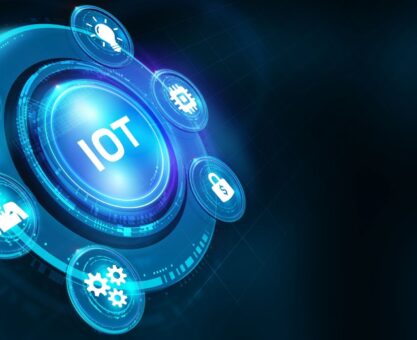The ability to monetise the IoT in field services is another variation on a theme of what has dogged the field services industry for decades! Every time there are advances in technology, the more progressive – and aggressive – Field Services Organisations (FSOs) adopt the technology to streamline their processes, reduce their internal costs, and improve their service delivery capabilities.
However, customers, for the most part, see the adoption of this technology as being
- Strictly for the benefit(i.e., cost-benefit) of the services organisation itself, and not them and
- means that should reduce overall costs for both the services organisation and its customers (i.e., themselves)
With subscription-based pricing, however, cost should no longer be as critical an issue to the prospects for moving forward with the desired FSM solution – however, do your CFO and Purchasing teams understand that? Or are they still entrenched in the traditional perpetual license mindset?
The mistake that many services organisations make is trying to sell the same services to customers, at reduced costs to themselves, but increased costs to their customers. Customers will typically see this apparent disparity and question their services providers as to why they should have to pay more for something that costs their vendors less!
What basically needs to happen is for the services organisations to move away from traditional Service Level Agreement (SLA) pricing, to an outcome-based pricing model…
What basically needs to happen is for the services organisations to move away from traditional Service Level Agreement (SLA) pricing, to an outcome-based pricing model, such as “power by the hour”, “airplanes in the air” or “x levels of output”, rather than “y hours of service coverage”. Remember the “bullion” pricing model (i.e., Platinum, Gold, Silver, Bronze)? It bit the dust (in most cases) years ago.
So, too, will traditional Service Level Agreements (SLAs) as they are replaced by outcome-based services agreements.
The best current examples of this are, as noted, are selling “uptime as a service”, rather than merely “throwing hours of support” at customers – a rifle shot, rather than a scatter-gun approach to selling services. Although many services organisations say they offer total Service Lifecycle Management (SLM) support, most still only offer Field Service Management (FSM) solutions in terms of field service and support, preventive maintenance, and standard parts and inventory management.
However, the IoT, in some cases for the first time, now empowers FSOs to provide “true” Lifecycle Management for their services customers – essentially “cradle to grave” support for all of their systems and devices, throughout all of their day-to-day usage and applications.
How does the IoT do this?
Basically, by automating the entire services management process, end-to-end, from data collection, through device monitoring, problem identification and resolution, routine and ad hoc maintenance services, predictive and pre-emptive maintenance, parts/inventory management – and even “end-of-life” product support! SLM is more than FSM – and the IoT can support all of the organisation’s SLM services processes.
The IoT is more likely to change the way in which services organisations deliver their services, first; and the way they package and price them, second.
By that, I mean that, first, the IoT will allow services organisations to perform more maintenance and repair service remotely, rather than on-site – and the growing use of predictive diagnostics will continue to reduce the need for on-site services (in some cases, at all) over time.
As a result, many services customers may not even know that their systems or equipment have been serviced, as everything that was needed was either performed remotely – or did not need to be performed at all (i.e., through routine monitoring and minor calibrations or maintenance “tweaks”, etc.).
Through the use of a customer portal, customers can typically gain full visibility of exactly what types of maintenance have been performed, on which systems, at what times, and with what results.
However, those customers not electing to utilise their customer portals (or if their services provider does not offer that capability) will have virtually no visibility as to the extent of the maintenance that has been performed.
Packaging this “new” way of providing services through an IoT-powered FSM, or SLM, involves an entirely new way of delivering services to customers
This ultimately becomes problematic for some services organisations that must then report what they have done for the customer – and try to convince them that by doing so, there was added value provided.
Packaging this “new” way of providing services through an IoT-powered FSM, or SLM, involves an entirely new way of delivering services to customers. For example, instead of providing a certain number of hours of support, within a designated time window, and providing a “guaranteed” uptime percent (i.e., or you don’t have to pay your services contract fee that month), some organisations are now selling uptime – period.
Instead of throwing service contract hours at an aviation customer, they now provide “airplanes in the air” to this segment. Similarly, instead of selling a standard SLA to a wind farm customer, they are selling “power by the hour”.
Instead of selling standard SLAs for extermination services, they’re selling a “rodent-free” environment. And so on.
However, this ”new” way of packaging services will be difficult for some services organisations to deliver – and for many customers to acclimate to – or price! It will take time, and it will not be an easy conversion for some. But, it is already the way of the present, in many cases – let alone the future.











